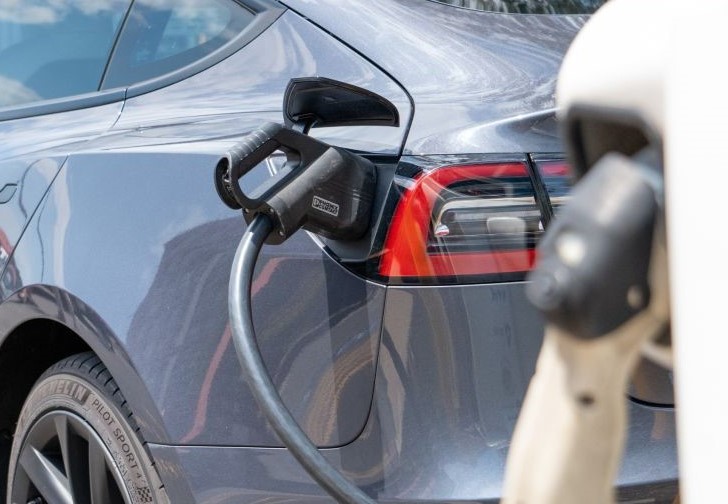A long-haul road trip along Australia’s east coast in an electric vehicle has demonstrated the nation’s readiness for the shift to full battery vehicles with the driver declaring the existing charging infrastructure has made range anxiety a thing of the past.
A perceived lack of charging stations remains a major roadblock to widespread uptake of electric vehicles (EVs) in Australia but a recently completed 4,000-kilometre road trip has showcased the suitability of current EV charging infrastructure for long-distance travel.
Paul Cook, executive general manager of growth markets at ASX-listed telco and property contractor BSA Limited, which provides design, installation, and maintenance services for EV charging solutions, recently completed a round trip in an EV from his base in Sydney to the Gold Coast in the north before heading south to Melbourne and back again.
“We were pleased, but not surprised, to find the trip easy, efficient, and affordable,” he said. “We travelled through three major cities and selected chargers based on where we wanted to stop, rather than where we needed to stop.”
“The current infrastructure ensures it is possible to travel long distances throughout the country without little to no limitations, and the infrastructure can only grow and continue to improve from here.”
EV sales in Australia are gathering pace – accounting for 8.4% of all new cars sold last financial year, according to the Electric Vehicle Council (EVC), up from 3.81% in 2022 – but a perception around the shortcomings of current charging infrastructure, including long queues, wait times, and range anxiety continues.
This concern is misplaced said Cook, who noted the current infrastructure is already suitable for long-distance travel and it will only continue to improve as the national network expands.
“While there is work to be done to get the infrastructure to a place where it is able to support a driving population of almost exclusively EVs, the current infrastructure can comfortably service the proportion of present EV drivers on our roads,” he said.
Image: BSA Limited
While as much as 80% of EV charging takes place at home, the deployment of public charging infrastructure have been steadily increasing in recent years. EVC data shows that at December 2022, there were more than 4,900 public chargers located at over 2,390 sites around the country.
“This is only going to improve with time,” Cook said, adding that several major providers have both short and long-term plans in place to expand their networks, backed by government initiatives in most states.
Cook said while his journey had confirmed that road trips in an EV can be just as convenient as those taken in an internal combustion engine (ICE) vehicle, his choice of vehicle had also provided significant cost savings.
Utilising both high and medium-speed chargers, Cook said it cost about 25% less to power the EV than it would have to fuel an ICE car for the same trip.
“On average, using the fastest DC public chargers on the highway cost less than $10 per 100km which is still less than my petrol car, which requires at least seven litres per 100km on the freeway,” he said. “Had we chosen to use the slower but more affordable AC chargers, the savings would have been even greater.”
This content is protected by copyright and may not be reused. If you want to cooperate with us and would like to reuse some of our content, please contact: editors@pv-magazine.com.

